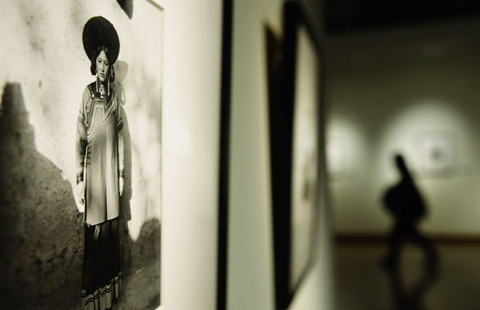Saving the jia
By Li Jun ( China Daily ) Updated: 2014-03-06 09:22:04
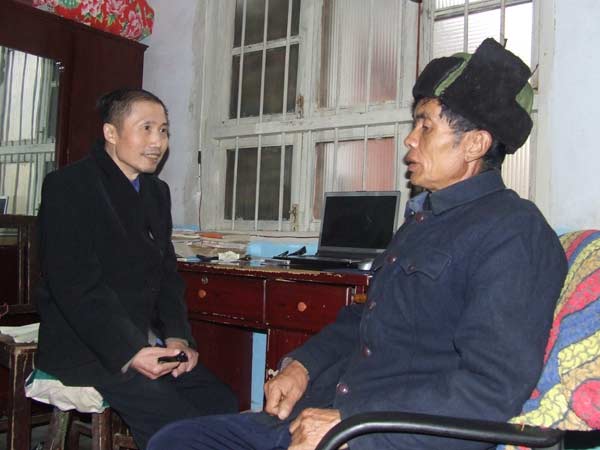 |
|
Wang Fenggang collects stories from the Jia while listening to an elderly Miao villager. |
Thanks to Wang's efforts, the protection of the Jia was incorporated into the national intangible cultural heritage of China in 2008, and Wang was named Chinese cultural figure of the year in 2013 by the Chinese Culture Promotion Society and Phoenix TV.
Born in a small village in Dan-zhai county, Guizhou province, in 1945, Wang was deeply influenced by Miao culture as he often heard the Miao people singing their folk songs.
| Fishing in the desert |
"I began to know the Miao's Jia when I was still a child but I did not understand what it meant at that time," says Wang, who is of the Sui ethnic group. The Sui and Miao people live close to each other.
The Jia is like a poem with five characters and five pitches within one line, but its content and rhetoric is different from poems.
Wang's first real exposure to Miao culture was in 1971, when he returned to his village as a cultural worker from Minzu University of China (formerly Central University of Nationalities) where he studied the language and culture of Miao.
"But not many people knew the Miao's Jia at that time. Most of them thought it was the same as ancient folk songs," Wang says.
However, the Jia is different from their folk songs because they have distinct content, and, furthermore, the Jia serves religious functions for the Miao ethnic group. It's also used as law to settle quarrels and conflicts.
"It is often called an encyclopedia of the Miao and its content covers the Miao's history, social structure, literature, customs, religion and even their ancient technology," Wang says.
After returning to his hometown, Wang first worked in the county's publicity department.
|
|
|
|
|
|
|
|

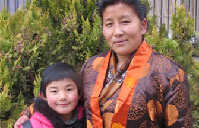

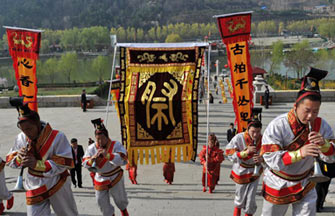

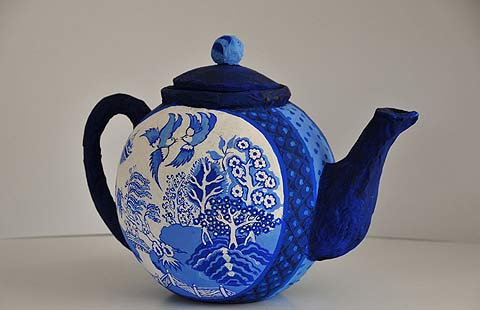

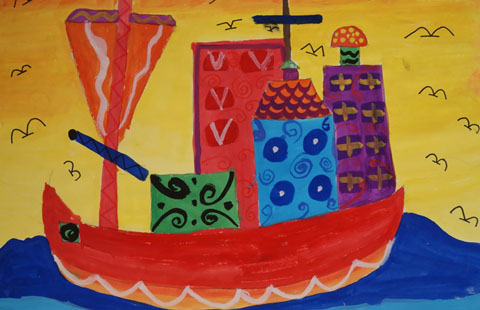




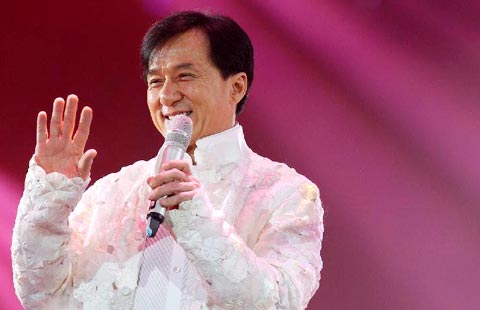




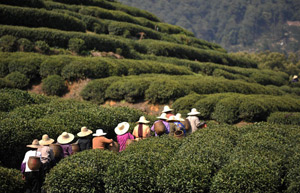

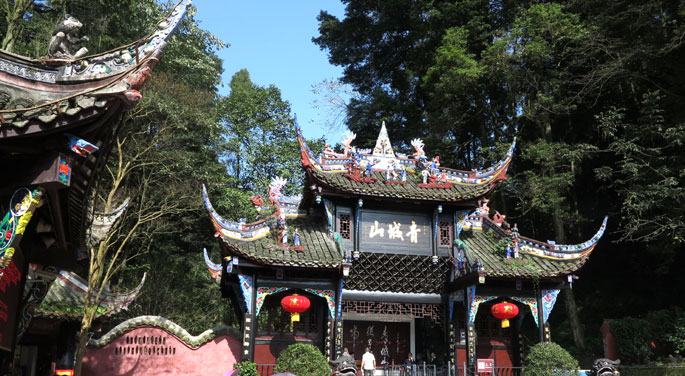
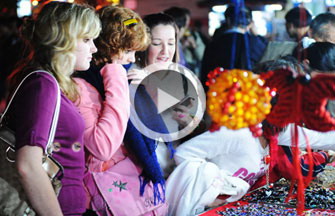
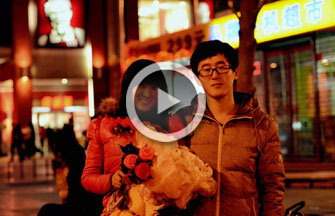

 Raymond Zhou:
Raymond Zhou: Pauline D Loh:
Pauline D Loh: Hot Pot
Hot Pot Eco China
Eco China China Dream
China Dream China Face
China Face



